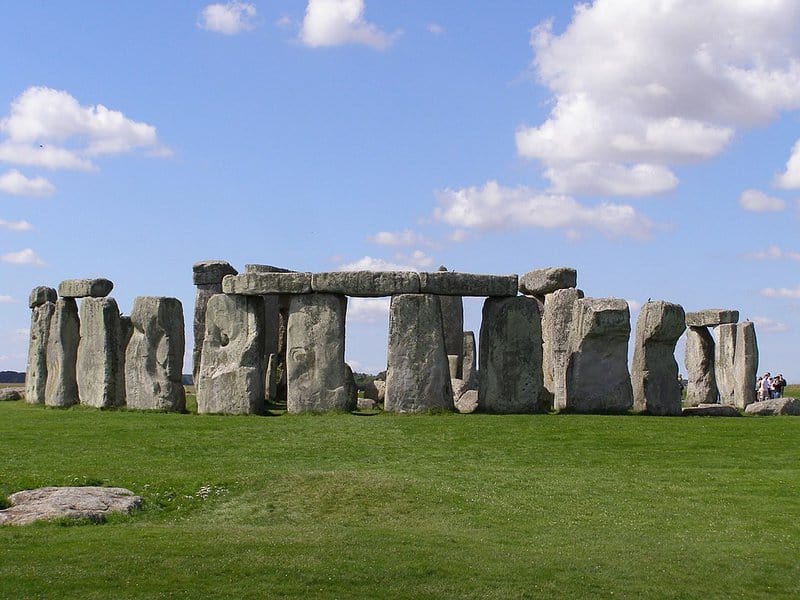A crowded coach bus navigates the narrow, winding streets of a small Italian village to see its historic cliffside architecture and picturesque views. The tourists file off the bus to roam the town, eat at local restaurants, shop in their stores, and use their services. But this boost to the local economy comes with a downside. The bus causes extra load on the historic stone street. The tourists, even unintentionally, leave litter and other debris in their tracks. There is greater demand on public services and the water supply. This is a concern felt by tourist destinations, with international travel having mostly bounced back from its 2020 pandemic slowdown. Historic sites bear a heavy impact of visitation. With the exception of disasters like the Notre Dame fire, tourist impacts have resulted in the throttling back, closing of access, or even removal of historic sites around the world.

ADVERTISEMENT - CONTINUE READING BELOW
Stonehenge
Stonehenge, the 5,000-year-old mysterious formation of stones in a circular post and lintel form once welcomed tourists to wander around the monument. In the 1890s, visitors would gather to celebrate the midsummer morning. In fact, visitors were handed chisels so they could take a piece monument back home. In 1900, chisels were prohibited. Sir Edmund Antrobus, who owned the Stonehenge lands, forbid the practice in order to protect the site from true ruin. Even so, with 815,000 people visiting Stonehenge each year, the grass was dying around the site. Tourists left all sorts of garbage behind defaced the monument. In 1977, Stonehenge was roped off; visitors could only view it from behind a barrier instead of walking among the stones. This hasn’t stopped vandalism. In 2008, a trespasser chipped off a piece of the Heel Stone. In 2013, another vandal decided to paint a smiley face on a stone.

